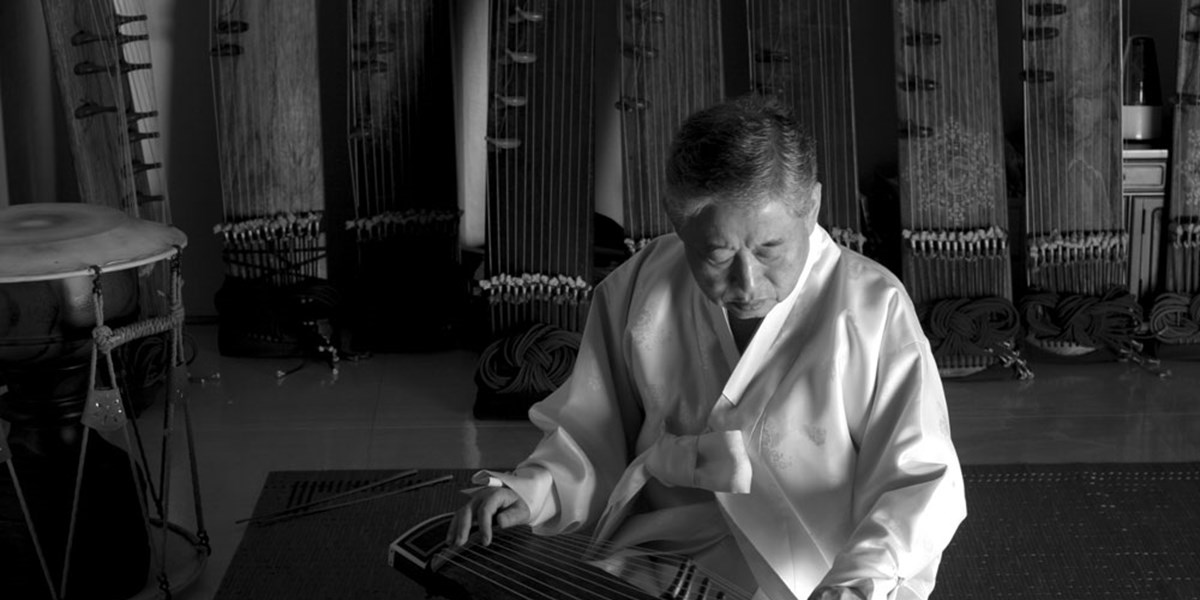Tuesday, July 17, 2018
The Rough Guide to World Music: Korea
By Rob Provine , Keith Howard
The Korean musical identity can be traced to the fifth century, and has been well documented since the fifteenth century, as Rob Provine and Keith Howard reveal

Korean gayageum (plucked zither) master Byungki Hwang (photo: Kuk Sooyong)

Register now to continue reading

Thanks for visiting the Songlines website, your guide to an extraordinary world of music and culture. Sign up for a free account now to enjoy:
- Free access to 2 subscriber-only articles and album reviews every month
- Unlimited access to our news and awards pages
- Our regular email newsletters

